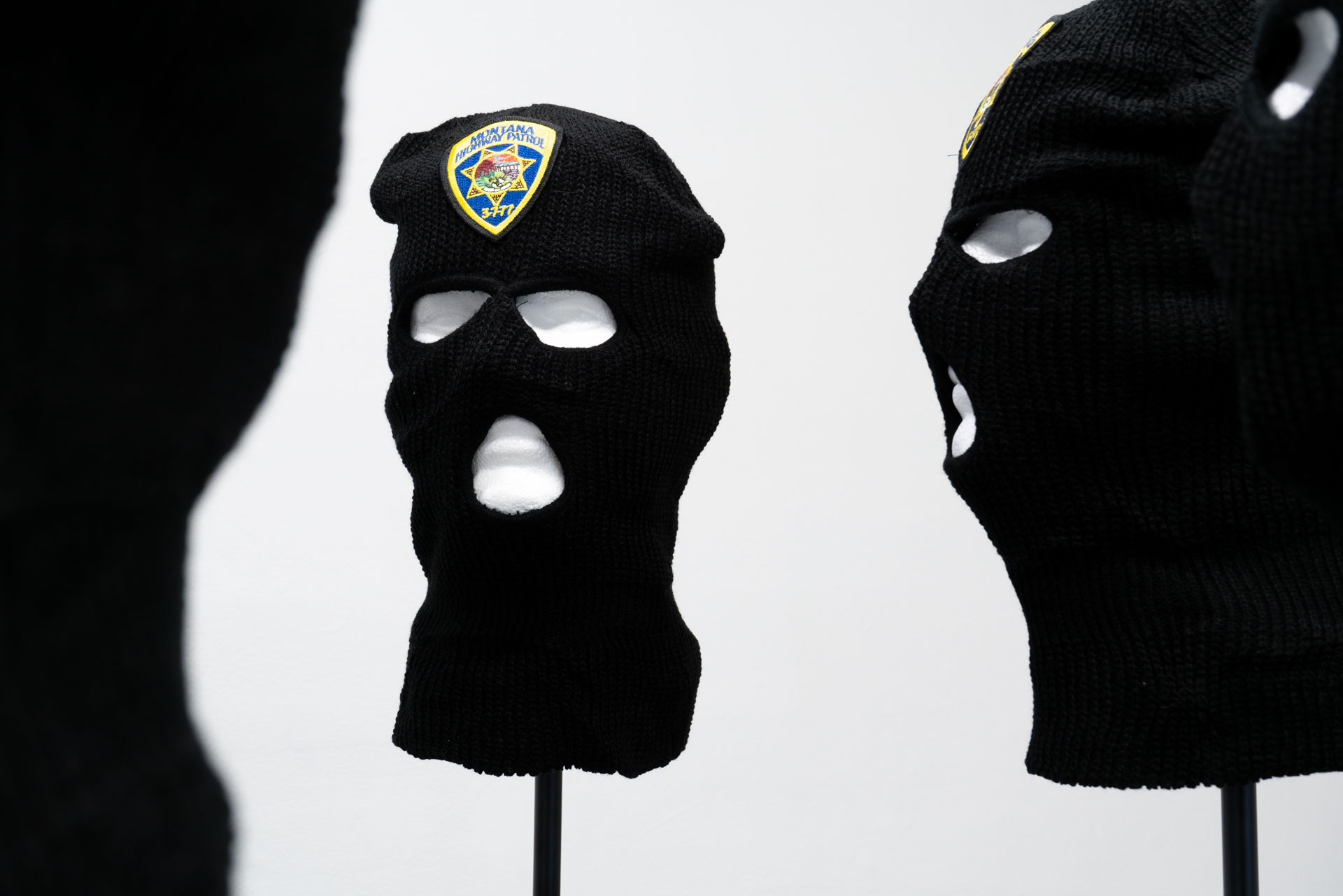
The outspoken union organizer Frank Little was lynched in Butte, Montana in 1917 during rising tensions between mining companies and the workers. A note was pinned to his body with the numbers 3-7-77, which was a frequently used and enigmatic code for vigilantes. The idea of frontier, vigilante justice is so ingrained in Montana that their highway patrol patch has “3-7-77” embroidered on it—aligning the law enforcement agency with a history of lawlessness, assassinations, secrecy, and terrorism.

The outspoken union organizer Frank Little was lynched in Butte, Montana in 1917 during rising tensions between mining companies and the workers. A note was pinned to his body with the numbers 3-7-77, which was a frequently used and enigmatic code for vigilantes. The idea of frontier, vigilante justice is so ingrained in Montana that their highway patrol patch has “3-7-77” embroidered on it—aligning the law enforcement agency with a history of lawlessness, assassinations, secrecy, and terrorism.
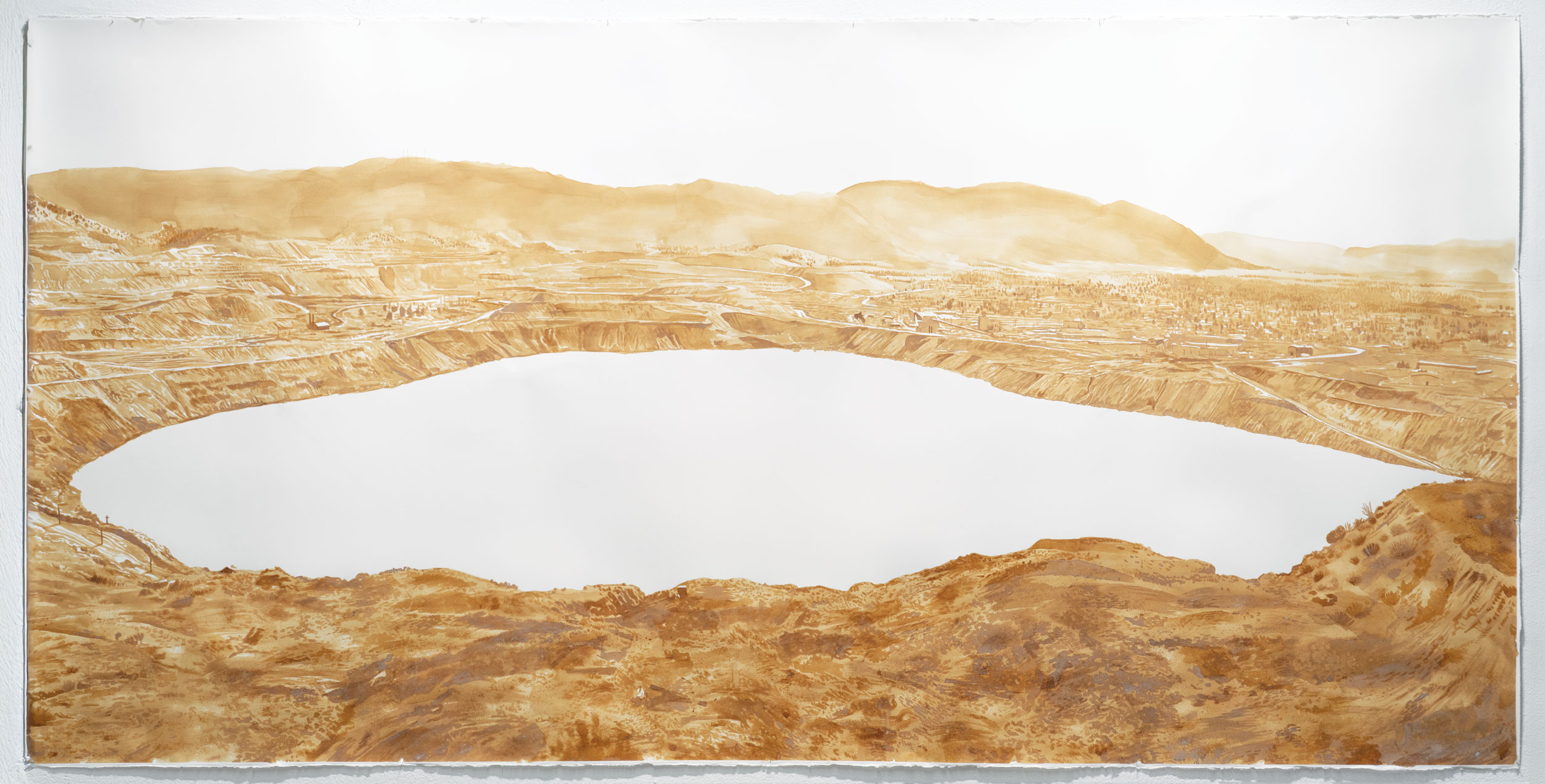
The Berkeley Pit in Butte, Montana is a flooded, defunct copper mine. Its acidic waters are laced with heavy metals and rare earth elements and have claimed the lives of thousands of waterfowl.

In 1917, the Speculator Fire disaster claimed the lives of 168 miners, spurring renewed unionizing fervor and bringing the labor organizer Frank Little to the region who was later lynched. The company always had to rationalize the loss of life as the cost of business.
By depressing the telegraph keys, the electrical circuit that carries the audio signal through the pennies is completed and sound emerges from the neighboring speaker.
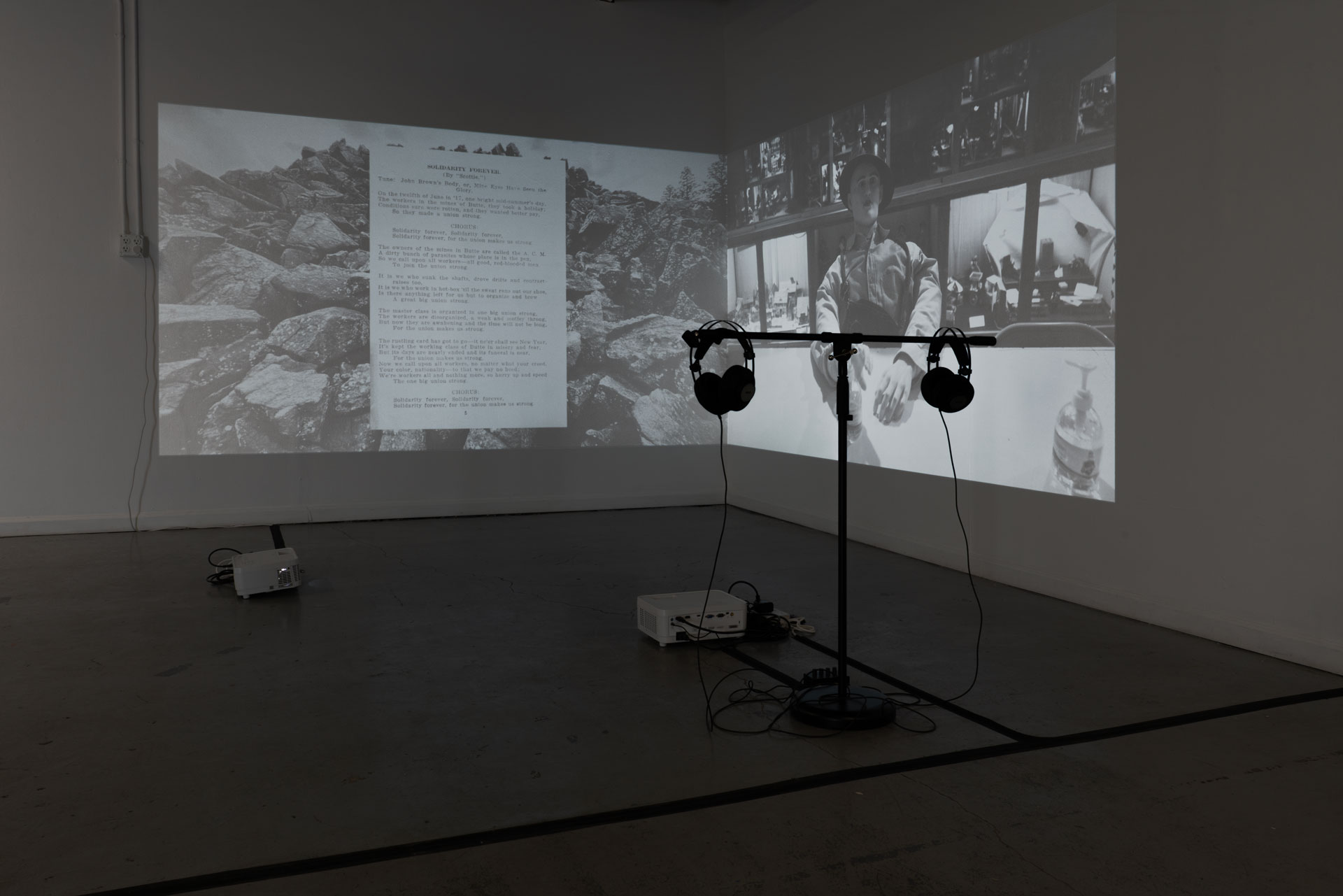
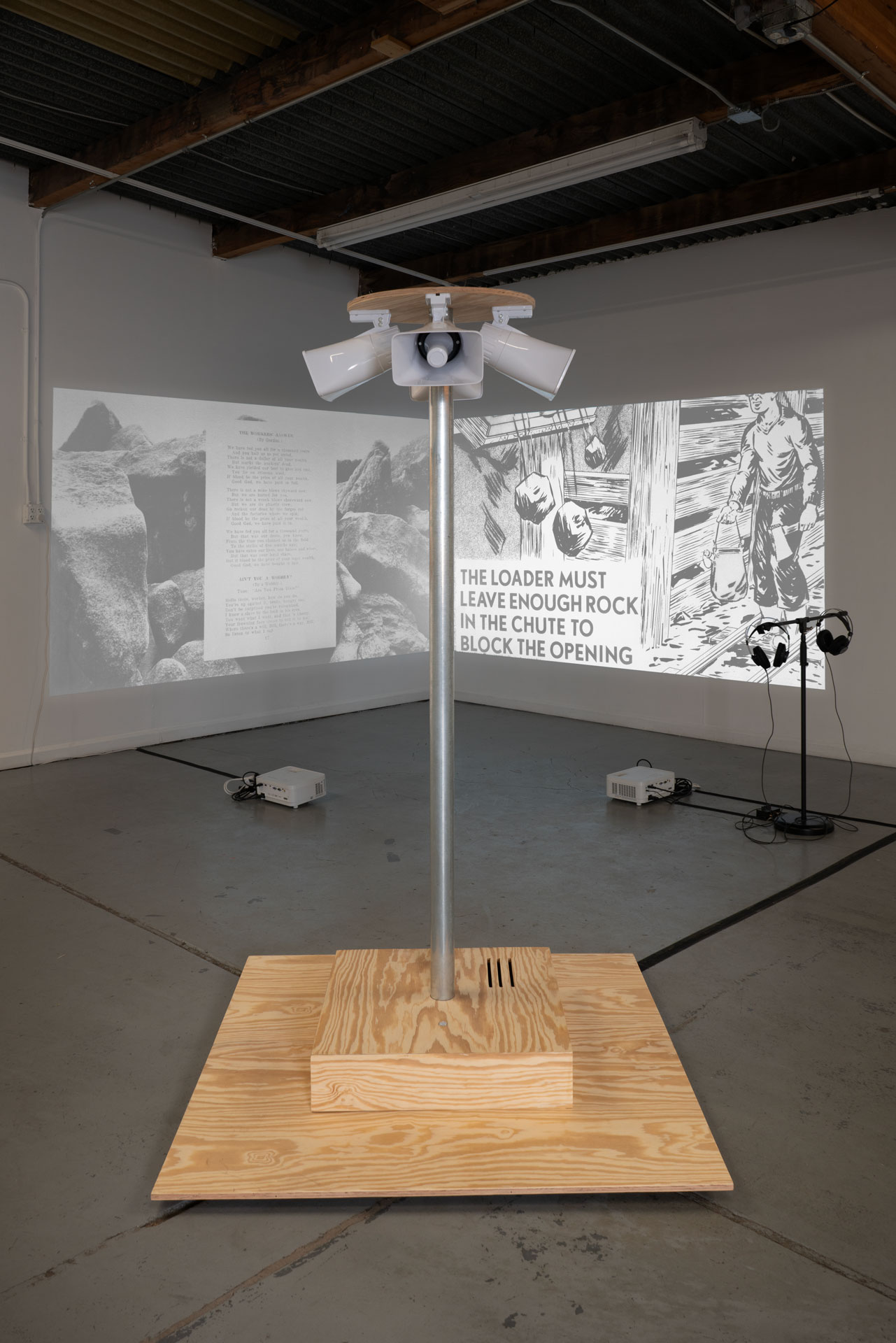
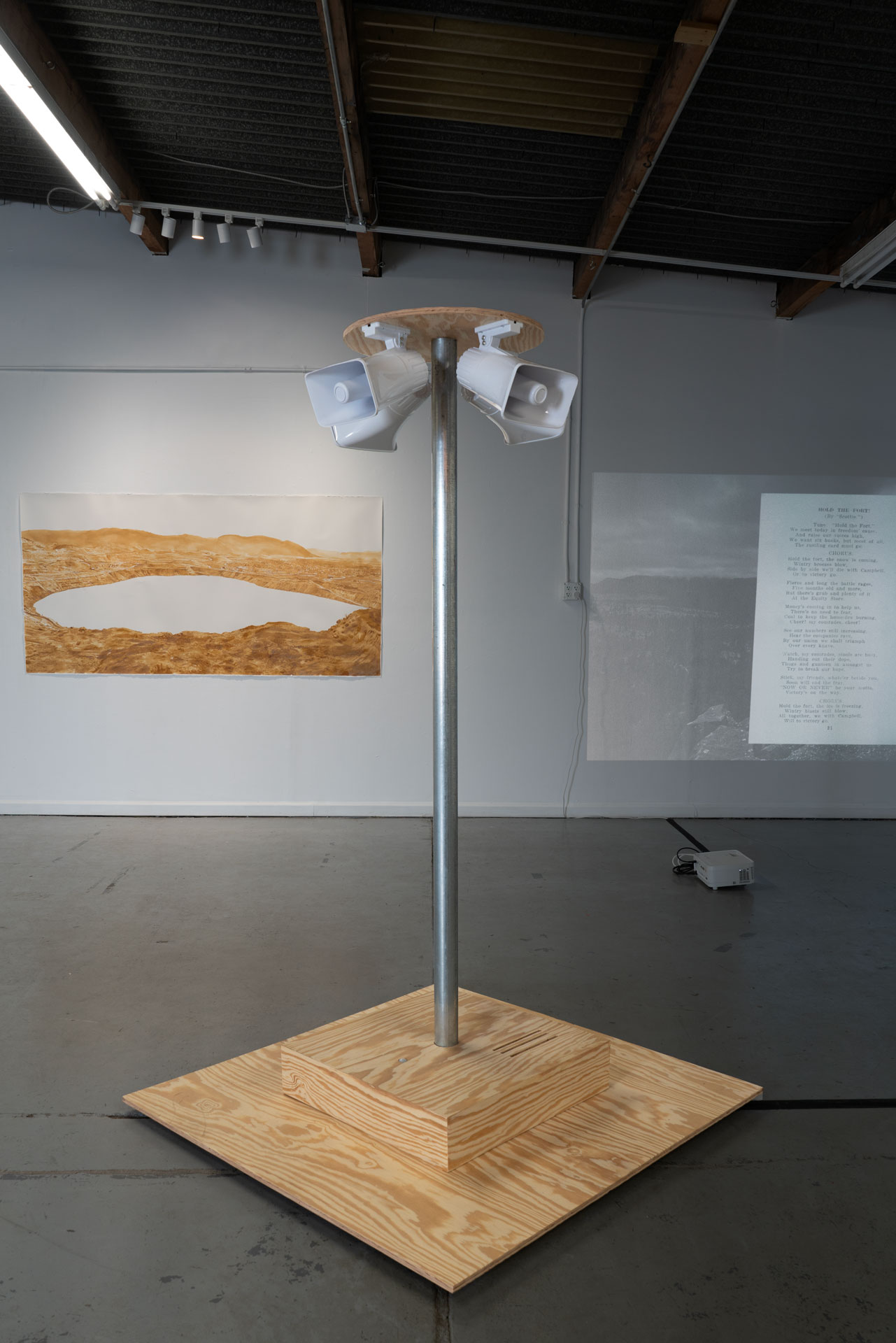
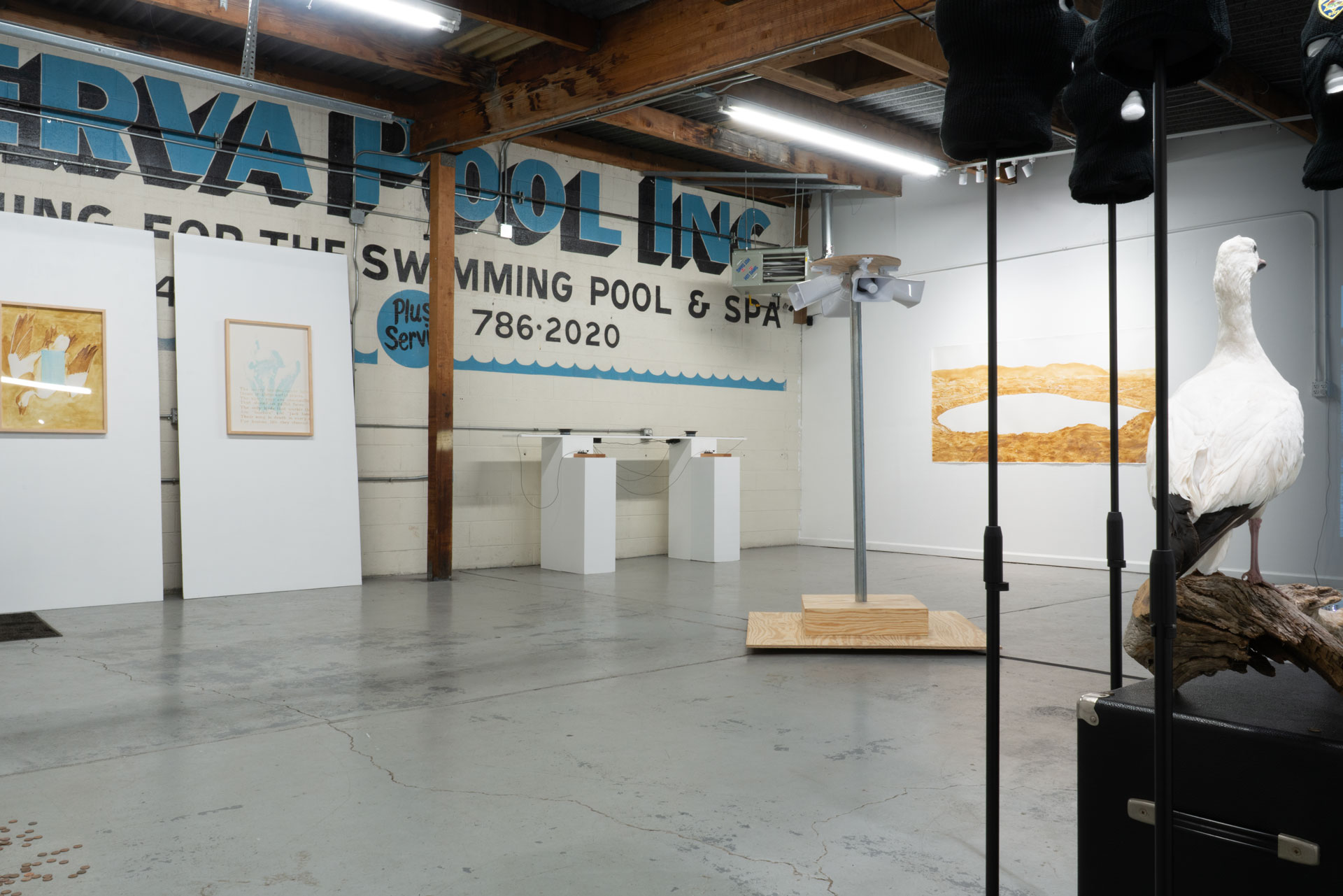
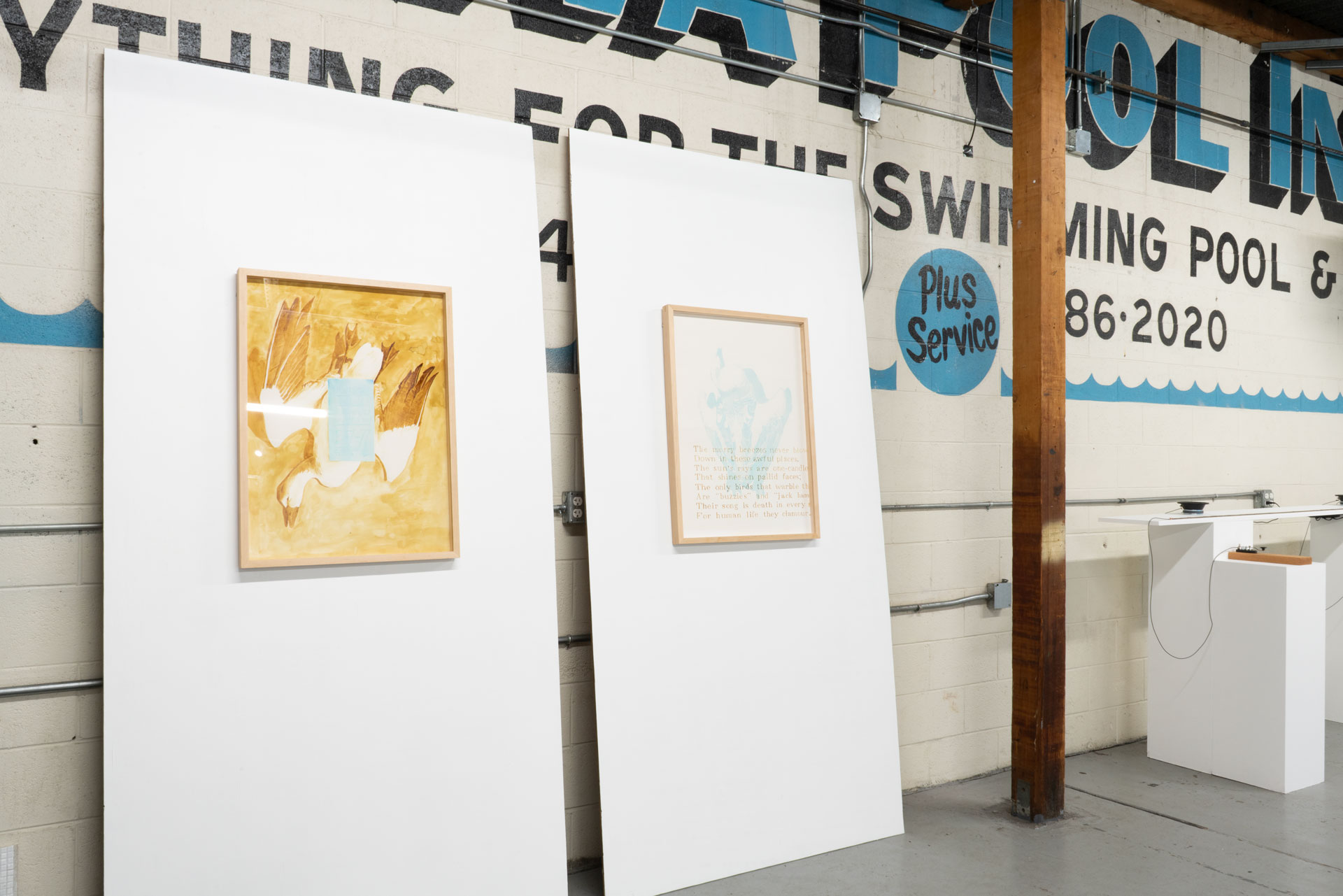
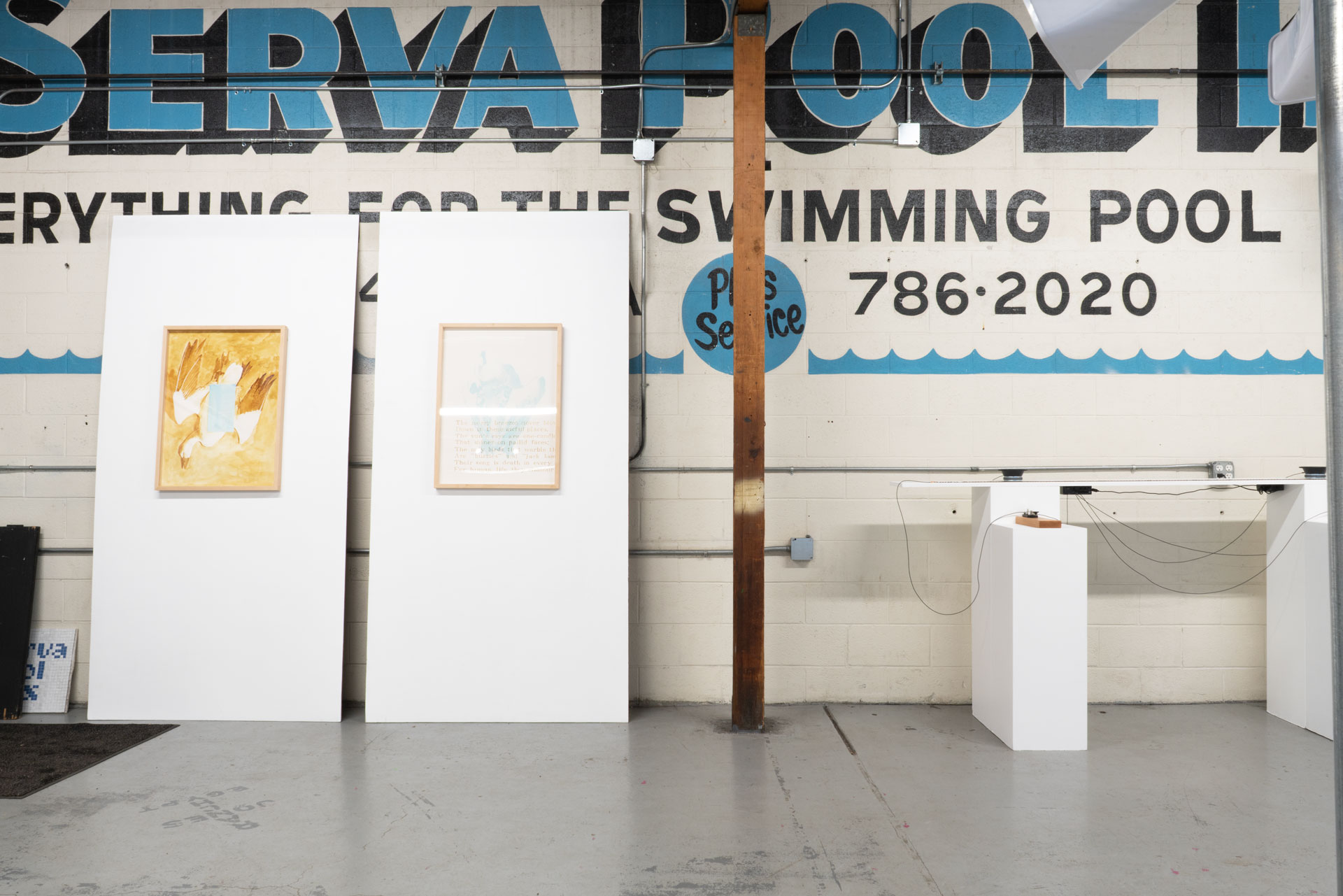
This piece was made by isolating the vowel sounds from my mother’s 1987/88 audition tape for the Mormon Tabernacle Choir where she sang “Abide With Me.”* She was about my age at the time. She sang in the choir for twelve years and toured the world. She passed away in 2019 after a series of strokes progressively robbed her of her cognition, voice, and life. Near the end, her speech was disjointed and halting, giving only a semblance of what was going on in the synaptic misfires in her brain.
The sections of her singing are randomized through four different speakers, creating an ever-changing and endless new song sung by a quartet.
Link to project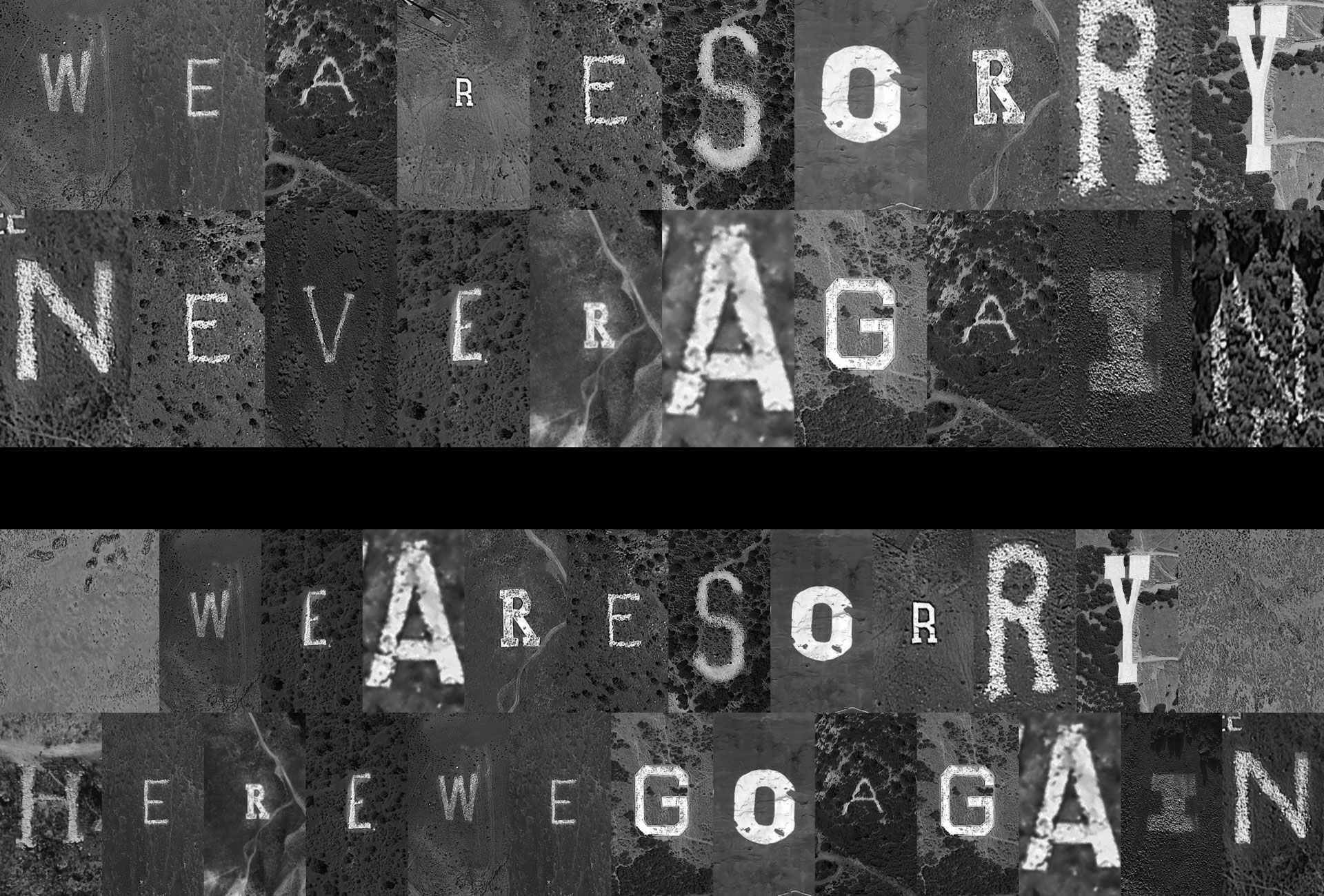
My We Are Sorry, Never Again series was inspired by a visit to the Topaz Internment Camp site near Delta, Utah. A previous visitor to the site had used gravel from the parking area to spell out “WE ARE SORRY / NEVER AGAIN” on a concrete slab. Using satellite imagery of the hillside letters scarring Utah’s mountains that celebrate towns and schools, I redirected the letters to spell out a monumental, statewide apology—turning symbols of public pride into public contrition. The piece was updated in 2025 to "We Are Sorry, Here We Go Again" to reflect the rhyming of history.

This open caption generator produces the captions for sound effects. Similar to the Imaginary Color Name Generator, it asks viewers to imagine the subject of the text—in this case sound, rather than color. There are hundreds of thousands of unique combinations of images and text, resulting in an infinitely variable video of imagined sound effects and accompanying narratives.
Link to project

Copper Ouroboros weaves together the geography, culture, ecology, economics, politics, and history of copper mining in Butte, Montana. The full video is 20:36.
Link to projectI collected sounds from the Ringing Rocks of western Montana—a unique geologic phenomena (there are only three similar locations in the world) where the rocks chime like bells with struck. In nearby Butte, Montana sits the Berkely Pit, a large open-pit mine where copper and other mineral were harvested since the late 19th century. The New Songs for Butte Mining Camp, published in 1917, contains only lyrics and relied heavily upon traditional folk tunes familiar to the miners. The songs were about union solidarity, better pay, and better living and working conditions for the miners. Using the sounds of the Ringing Rocks, I have recreated some of the miners' songs, allowing the sounds of stones being struck to echo the conflicts between the workers, the industrialists, and the environment.
Link to projectI collected sounds from the Ringing Rocks of western Montana—a unique geologic phenomenon (there are only three similar locations in the world) where the rocks chime like bells with struck. In nearby Butte, Montana sits the Berkely Pit, a large open-pit mine where copper and other mineral were harvested since the late 19th century. The Pit now is encircled by sonic deterrent devices called "wailers" that play bird distress calls and alarms to scare off waterfowl from the polluted waters below.
The New Songs for Butte Mining Camp, published in 1917, is a booklet of protest songs about union solidarity, better pay, and better living and working conditions for the miners. Using the sounds of the Ringing Rocks, I have recreated some of the miners' songs, allowing the sounds of stones being struck to echo the conflicts between the workers, the industrialists, and the environment—all played from a wailer as a warning.
Link to project
This painting includes a lyrics page from New Songs for Butte Mining Camp, a book of protest songs for mining unions. Sulfuric acid (the ochre colors in the paintings) is the byproduct of extracting copper nanoparticles from copper sulfate. This acid was also commonly used in heap leaching. Copper oxide (the blue color seen in the paintings) was created by marinating copper plates in a bath of vinegar—about the same pH value as the water in the Berkeley Pit. These paintings are constantly changing as the acid and oxide both crystalize and slowly dissolve the cotton paper.

This memorializes the thousands of snow geese that died after landing in The Berkeley Pit—a defunct open-pit copper mine—during a brutal 2016 winter. The toxic waters cauterized their insides. Sulfuric acid (the ochre colors in the paintings) is the byproduct of extracting copper nanoparticles from copper sulfate. This acid was also commonly used in heap leaching. Copper oxide (the blue color seen in the paintings) was created by marinating copper plates in a bath of vinegar—about the same pH value as the water in the Berkeley Pit. These paintings are constantly changing as the acid and oxide both crystalize and slowly dissolve the cotton paper.

This memorializes the thousands of snow geese that died after landing in The Berkeley Pit—a defunct open-pit copper mine—during a brutal 2016 winter. The toxic waters cauterized their insides. Sulfuric acid (the ochre colors in the paintings) is the byproduct of extracting copper nanoparticles from copper sulfate. This acid was also commonly used in heap leaching. Copper oxide (the blue color seen in the paintings) was created by marinating copper plates in a bath of vinegar—about the same pH value as the water in the Berkeley Pit. These paintings are constantly changing as the acid and oxide both crystalize and slowly dissolve the cotton paper.
At Kunsthalle Below (KhB), snails and slugs were prominent—carpeting the walkways and greenways. Each day, I would perform a dance as I tiptoed back and forth between buildings to avoid the gastropods, pausing to watch them live their lives at a glacial gait. The slower pace and quietude of the northern Germany countryside had me thinking more about things that had been pushed to the margins by keeping busy. I reflected more on recent passing of my parents.
The music is partly composed of sounds collected from a wire postcard rack in KhB's main building. By gently bowing the wire structure, I could elicit eerie chirps and chimes.
Link to projectThree magnetic card readers play an infinite loop that continues to glitch and warp my voice as it sings imperfect hallelujahs.
Link to projectWhile living in Germany during the summer of 2023, I collected audio samples from the Berlin Wall by attaching a contact microphone to the exposed rebar of the original sections of wall and then hitting the rebar with my finger. The resulting resonant sounds resembled the bells that regularly chime around Europe. I arranged the sounds in intervals based on standard carillon peals used at times of celebration. A wall of amplifiers plays the various peals at random intervals creating a cacophonous noise.
Link to project
While living in Germany during the summer of 2023, I collected audio samples from the Berlin Wall by attaching a contact microphone to the exposed rebar of the original sections of wall and then hitting the rebar with my finger. The resulting resonant sounds resembled the bells that regularly chime around Europe. I arranged the sounds in intervals based on standard carillon peals used at times of celebration. This site allows individuals and groups to create their own cacophonous noise.
Link to projectThis piece was made this while traveling in Europe during the summer of 2023. My status as a foreigner was continually underscored by my unfamiliarity with the languages and histories of the regions. Some objects were indecipherable without cultural context. I wondered what aliens might make of our museums, or if they would make anything of them. A work of art may be of similar interest as a drinking fountain or light bulb. He noticed another foreigner in the gallery with him—a fly buzzing around and landing capriciously wherever was convenient. It became the subject of this video.
Link to project
This project was created to emphasize that our conceptions of color are not just optical, but linguistic as well. I created a website that would randomly generate the names of colors. Without the color itself, the name only conjures the idea or the possible parameters of the color. The Imaginary Color Name Generator can produce over 375,000 unique color names.
Link to project
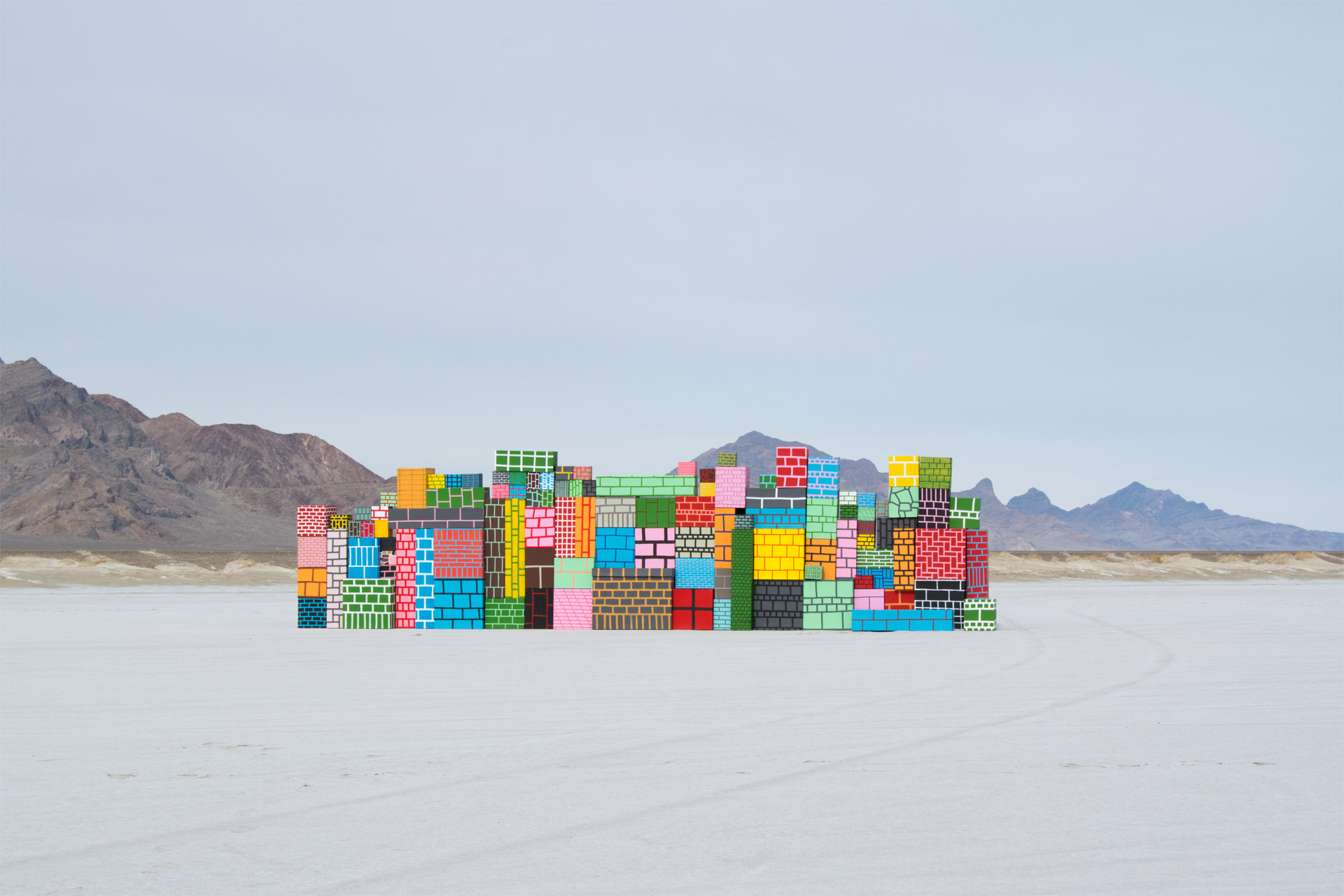
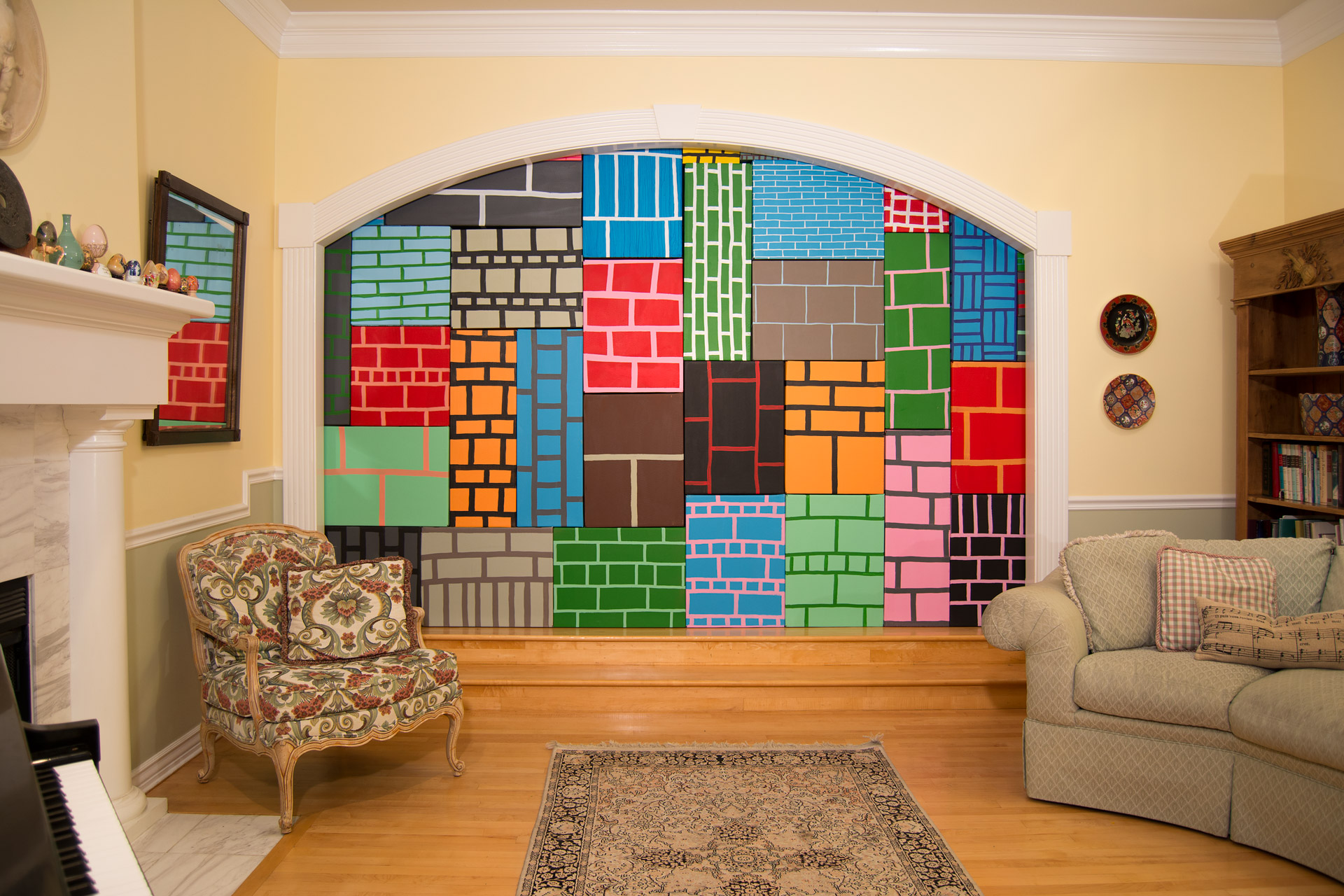
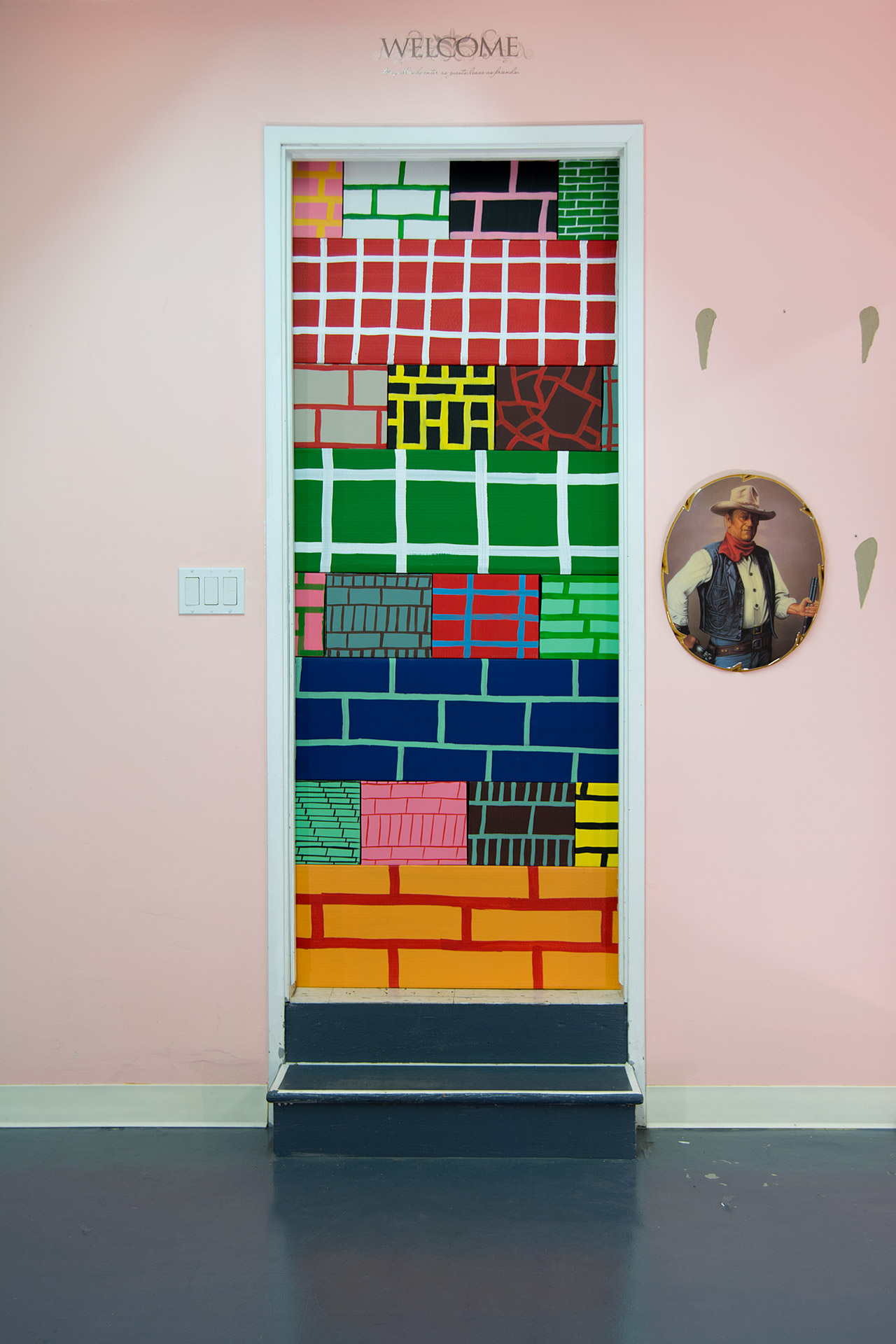
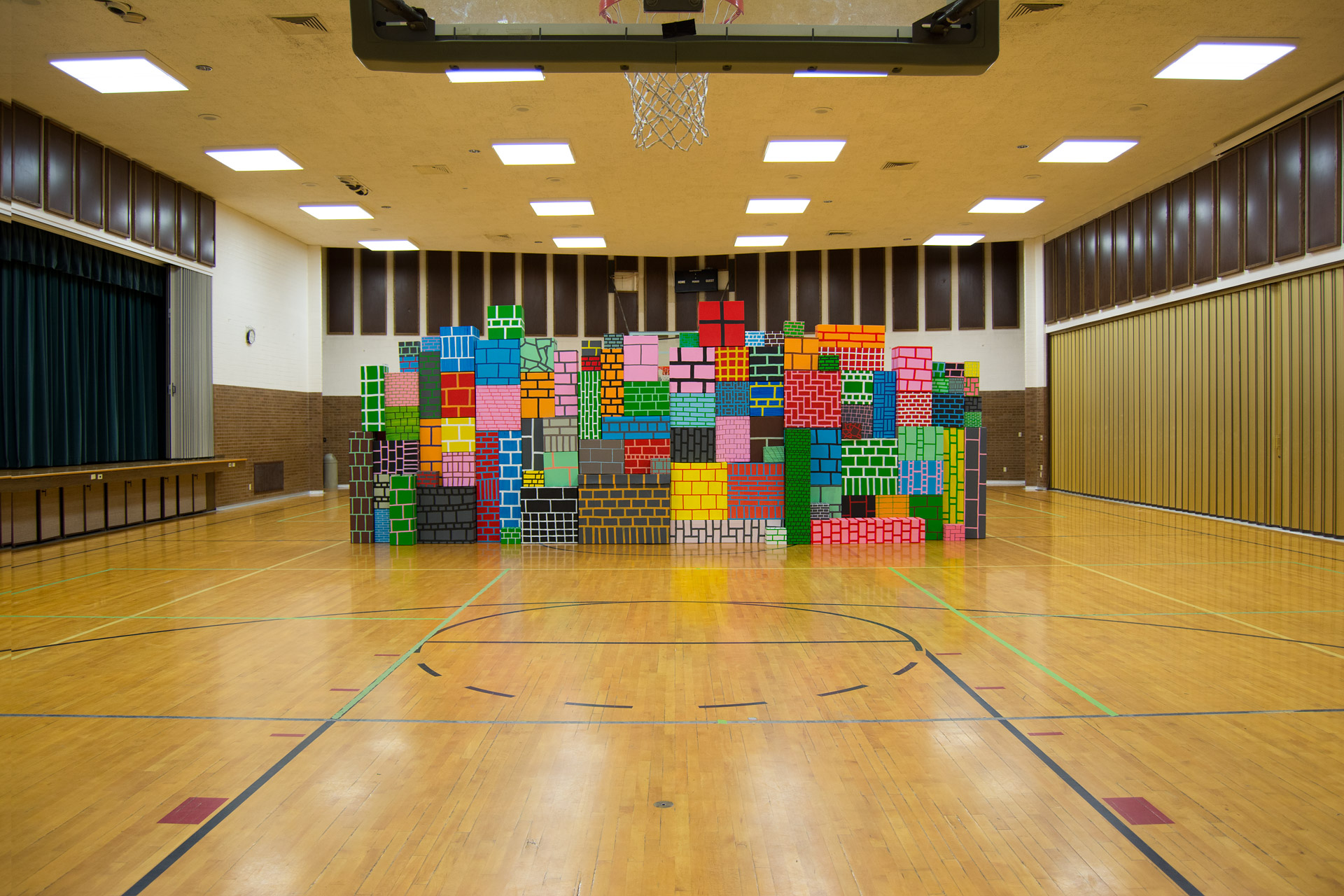
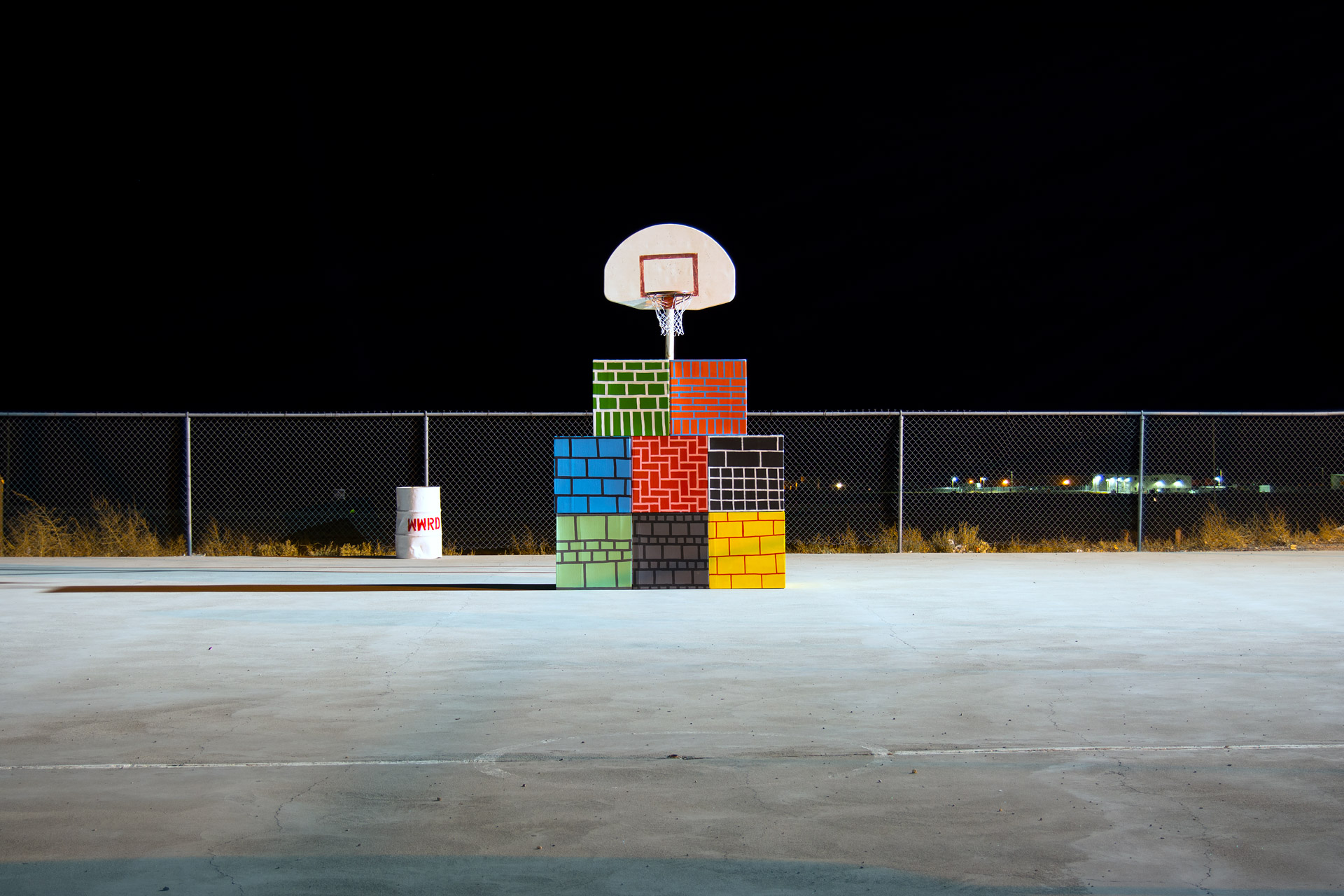
The Misplaced Wall series includes several photographs and video works depicting a colorful collection of brick-patterned boxes that are set up in various locations before being disassembled and moved to other locations. The wall and its placement highlight the ridiculous interventions of fences used to demarcate geo-political borders, and how they interact with their environments. All these walls have fallen or will fall, leaving behind a temporary wound on the landscape before another is erected, to also fall.
Link to project